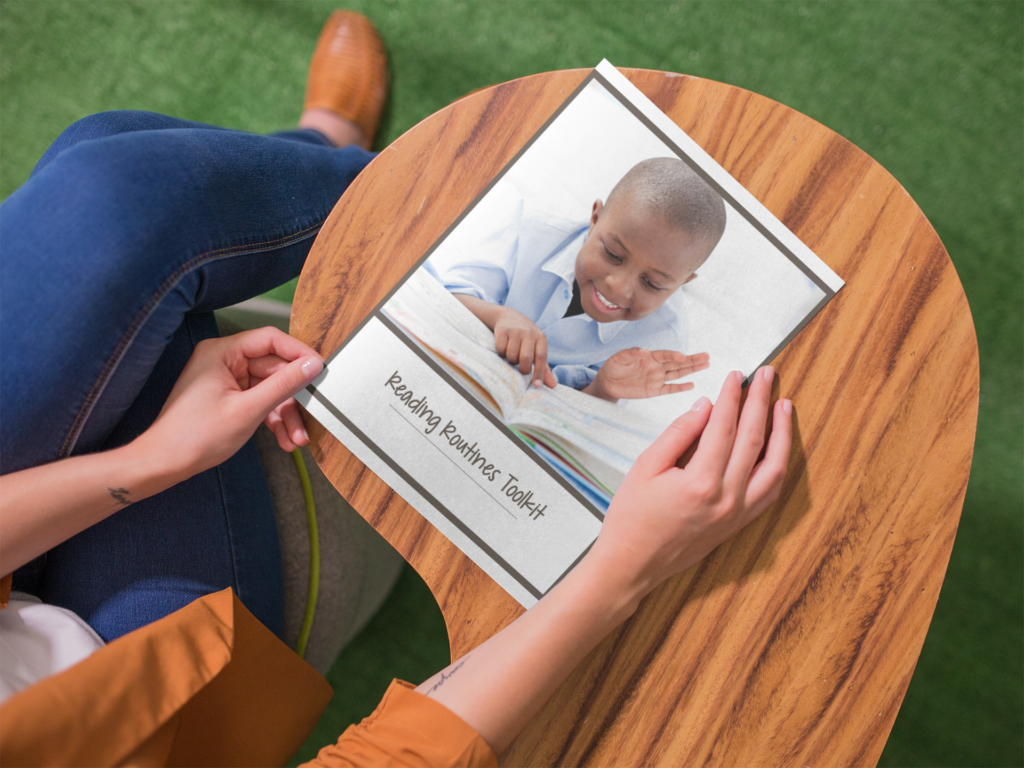Inside: Discover ways to add some fun and playfulness to your daily letter sound card drills to hold children’s attention and keep their eyes on the cards.

Those Dreaded Letter-Sound Card Drills
You pick up your letter-sound cards for the 100th time and hope that you won’t hear any audible groans (mostly from yourself). You know the importance of these letter-sound drills, but just wish they could be a little more fun!
Sound familiar?
If so, don’t give up just yet.
Instead, infuse a little playfulness into your drill deck to spice things up and keep your kids’ attention.
Letter-Sound Card Drills That Make Kids Want to Participate
Here are 6 things that I’ve tried in my own kindergarten classroom, that draw kids in and entice them to keep their eyes the cards.
It’s important to know, that I don’t do any of these until children have been introduced to all the letters and sounds, we are at the point of “over learning,” and a little “novelty” is very much needed to keep the routine interesting.
Say What?
Substitute the key word picture cue on your card with a different word (the sillier the better) and when kids notice the mistake, invite them to call out, “Say what?” Then, repeat that card using the correct picture cue.
Topsy-Turvy
Turn 3-4 cards upside down in your drill deck. At the beginning of the letter-sound drill, tell kids that some of the cards are “topsy turvy” and that when you come to one, they should do a certain action. Choose 1 action from the list below or make up your own.
- Stand up, run around your chair once, and sit back down.
- Do a dance.
- Move like a favorite animal.
- Say a silly word or phrase, such as “That’s bonkers,” or “I’m bumfuzzled.”
- Clap 3 times.
- Bark like a dog.
- Make a silly face.
- Do an exercise.
- March in place.
- Stick out their tongue.
After the action, tell the kids to “reset,” turn the card right-side up and then do that card.
Superstar Wave
Explain to children that the vowels are the “superstar” letters in the alphabet and when they come to a vowel card, they should “twinkle their fingers” to give a superstar wave. You might even mark these cards with vowel stickers to help them learn to differentiate them from the other letters.
You can use two different-colored star stickers on each vowel card, one for the short sound and one for the long sound. Then, touch the stars like “buttons,” and children can “sound off,” with the correct vowel sound.
Mystery Letter
Let the helper of the day or class leader choose a mystery letter and mark that card with a question mark. When you get to that card, ask that child to reveal the mystery action that all the kids should do. This is a good one to do after you have done Topsy-Turvy, so children will have lots of ideas for actions.
Alphabet Song
Place a sticker or sticky-note with a music symbol on it, on one of the letter-sound cards. When you get to that card, sing the alphabet song with kids.
For a greater challenge, work together with children to sing the song starting from the letter on the card. You’ll need to use an alphabet chart or strip to assist with this, but it gives kids good practice with alphabetical order.
Students’ Names
Each day choose one mystery student, and use their name instead of the key word on the card. With some names, such as Juan, the beginning sound will be different than the one you are teaching. Use this as an opportunity to teach children about the sound in that child’s name.
Once you’ve gone through your class roster, you can begin to use other fun names such as school staff members or favorite characters in books or on TV.
Missing Letter-Sound Card
Remove one of the cards from the drill deck. As you do your letter-sound drill, ask children to pay close attention and figure out which one is missing. The kids get a point when they can correctly identify the card at the end of the drill, and the teacher gets the point when they are not able to do it. You will be be surprised at how well they can actually play this game!
More Tips for Letter-Sound Card Drills
Here are a few more tips for your letter-sound drills:
- Choose letter-sound cards that have both upper and lowercase letters as well as a key word picture that begins with the correct sound you want kids to learn. For example, “elephant,” for /e/ can be confusing as kids hear the /l/ and might think that it begins with that letter.
- Alternate drills using two sets of cards – one that includes a key word picture and one that does not.
- Do letter-sound drills with individual students who would benefit from this 1:1 practice.
- Later in the school year, teach children how to lead the letter-sound drills.
- Invite children to earn a day off from their letter-sound drills, by showing great participation!
For more reading routines, download this Free Toolkit that includes 8 ideas for teaching reading in kindergarten.

For more literacy ideas, visit the Growing Readers page in the Roots & Wings resource library.


 Teaching One More and One Less with Number Staircases
Teaching One More and One Less with Number Staircases Other People Matter Mindset
Other People Matter Mindset Reggio-Inspired Kindergarten: The Art of Listening
Reggio-Inspired Kindergarten: The Art of Listening 10 Ways to Celebrate Read Across America Week
10 Ways to Celebrate Read Across America Week